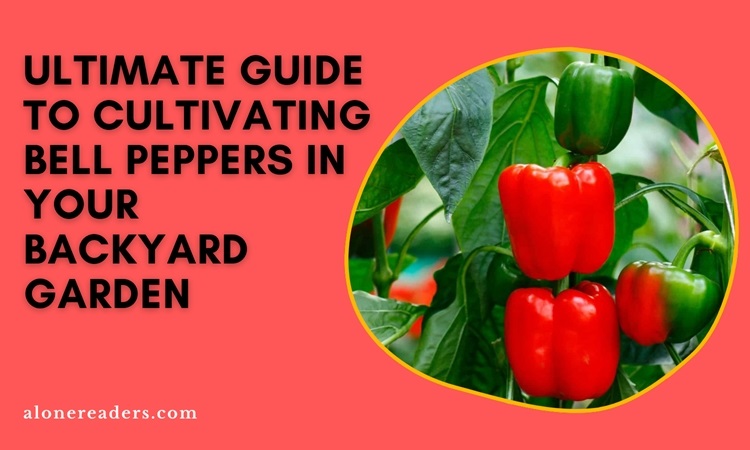
Bell peppers, scientifically known as Capsicum annuum, are more than just a vibrant addition to your meals; they're a powerhouse of flavor and nutrition. If you're a pepper enthusiast or a home cook looking to elevate your culinary creations with fresh produce, growing bell peppers in your home garden is a gratifying endeavor. This comprehensive guide will walk you through the process, from seed selection to harvest, ensuring a bountiful and delicious pepper crop.
Bell peppers thrive in warmth. The seeds germinate best at 75 degrees Fahrenheit, and mature plants require similar daytime temperatures. In most regions, the planting window is late April or early May. However, this can vary based on your local climate, so it's essential to adjust the timing accordingly.
The world of bell peppers is diverse, offering a range of colors, sizes, and flavors. Some popular varieties include:
Starting from Seeds
Growing bell peppers from seeds is straightforward. Plant the seeds in a light soil layer and ensure they're kept warm, ideally above 80° Fahrenheit. Seedlings usually emerge in one to two weeks. Avoid overgrowing to prevent spindly plants. Use stakes and strings if necessary.
Timing and Climate Considerations
Start your seeds indoors about two months before the last frost date. Gardeners in warmer climates with longer growing seasons can opt to sow directly outdoors, but this will delay fruit production.
Transplanting Seedlings
Once the seedlings develop their first true leaves, transplant them into larger pots or your garden. Bell peppers do well in containers and need a pot at least 10 inches deep. Ensure they're placed in well-draining soil and full sunlight.
Weed Control and Soil Temperature
Use black plastic or mulch to control weeds and regulate soil temperature. Mulch is particularly beneficial in warmer climates.
Fertilization
Organic fertilizers are suitable for bell pepper plants. Avoid high nitrogen fertilizers as they can lead to lush foliage but poor fruiting.
Harvesting
Wait for the peppers to fully mature, which can take from two weeks to a month depending on the variety. Staking may be necessary for taller plants.
Protecting from Cold
Use wire cages or bell jars to shield your plants from unexpected temperature drops.
Seed Saving
Pepper seeds can be stored for up to two years in a cool, dry place for future planting.
Post-Season Care
After the first frost, harvest any remaining peppers and compost healthy plants.
Healthy bell pepper plants usually fend off pests well. However, watch out for aphids, hornworms, flea beetles, and pepper weevils. Bell peppers are also susceptible to fungal and bacterial diseases, so regular monitoring is crucial.
Nothing compares to the taste of homegrown bell peppers. Whether raw or cooked, they add a burst of color, flavor, and nutrition to your dishes. The variety of flavors, from sweet to a robust green taste, makes them a versatile ingredient in your kitchen.
Growing your bell peppers is not only a rewarding gardening project but also a step towards sustainable living. With this guide, you're well on your way to enjoying the fruits of your labor – crisp, fresh, and flavorful bell peppers right from your garden. Happy gardening!